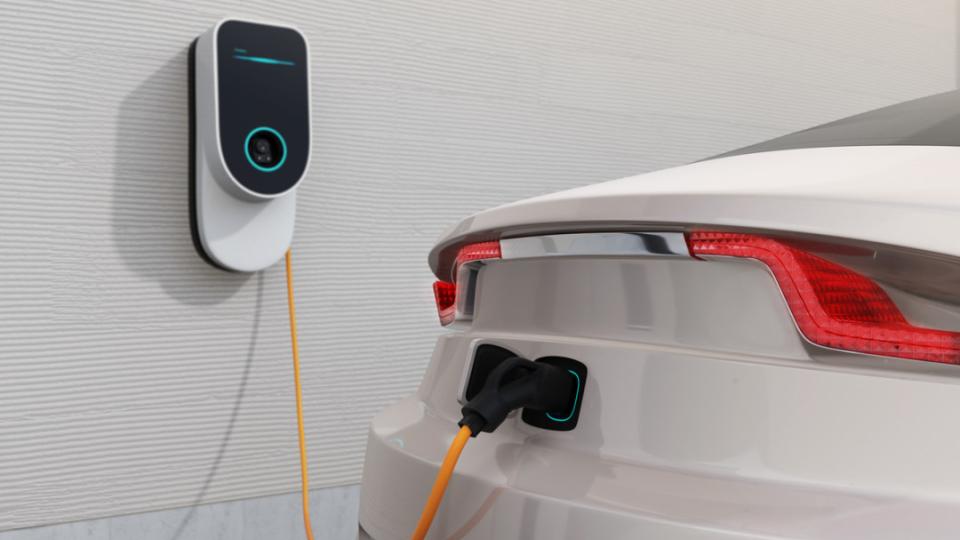Setting up an electric vehicle (EV) charging station at home can be a great convenience for homeowners who own electric cars. However, there are common mistakes that many people make when it comes to the installation and setup process. In this article, we will discuss some of these pitfalls and provide tips on how to avoid them.
Common Home Charging Blunders
Installing an EV charging station at home requires careful planning and consideration. By understanding the potential mistakes people make, you can ensure a smooth and efficient setup process. Here are some common blunders to avoid:
1. Not Checking the Electrical Capacity
One of the biggest mistakes homeowners make when setting up an EV charging station is not assessing their home’s electrical capacity. EV chargers require a dedicated circuit with a specific amperage rating. Before purchasing a charging station, it is crucial to understand your home's electrical capabilities and consult with an electrician if needed. Overloading your electrical system can lead to power outages or even damage your electrical equipment.
2. Installing Inadequate Wiring
Another mistake homeowners often make is installing inadequate wiring for their EV charging station. It is essential to use the correct wire size and type that can handle the electrical load required by your charger. Using improper wiring can cause overheating, voltage drop, and potential safety hazards. Consulting with an electrician or a professional EV charging installer can help ensure the right wiring is installed.
3. Neglecting Permits and Codes
Obtaining the necessary permits and adhering to local codes and regulations is often overlooked but crucial when setting up an EV charging station. Different municipalities may have specific requirements for EV charger installations, such as permits for electrical work or certain safety measures. Failing to comply with these regulations can result in fines or even having to dismantle the charging station.
4. Poor Location Selection
Choosing the right location for your EV charging station is vital for accessibility and safety. Some common mistakes in location selection include placing the charger too far from the vehicle parking spot, not considering weather protection, or obstructing walkways. Take time to plan the charger's placement to ensure it is convenient and safe for daily use.
5. Lack of Futureproofing
When setting up an EV charging station, it's essential to consider future needs. Many homeowners make the mistake of only installing a charger that meets their current vehicle's requirements. However, if you plan to upgrade to a different EV model or if more people in your household will start driving electric cars, it's wise to futureproof your charger by installing a higher-capacity charger or adding additional charging ports.
6. Not Considering Charging Speeds
EV chargers come in different charging speeds, ranging from Level 1 (basic) to Level 3 (fast). Each level offers varying charging times, and the speed you choose should align with your needs and budget. Homeowners often make the mistake of either opting for a slower charger, which may not meet their requirements, or investing in an expensive high-speed charger that they don't necessarily need. Consider your daily driving habits and charging needs before deciding on the charging speed.
7. Skipping Routine Maintenance
Maintaining your EV charging station is essential for its long-term performance and safety. Many homeowners neglect routine maintenance tasks, such as cleaning the charger, inspecting cables for wear and tear, and checking for proper grounding. By skipping these maintenance checks, you may be unknowingly compromising the efficiency and safety of your charging station. Follow the manufacturer's instructions and perform regular maintenance to ensure optimal performance.
8. Ignoring Professional Help
Perhaps one of the most significant mistakes homeowners make is attempting to set up their EV charging station without seeking professional help. While it can be tempting to save money and DIY the installation, this can lead to costly errors and safety hazards. Hiring a professional electrician or an experienced EV charger installer ensures the job is done correctly, adhering to all safety standards and regulations.
By avoiding these common mistakes when setting up an EV charging station at home, homeowners can enjoy a hassle-free and efficient charging experience. Remember to evaluate your electrical capacity, select the right location, follow local codes and regulations, and seek professional assistance when needed. Look for licensed electricians on TrustDALE.com. With proper planning and execution, you can confidently drive your electric vehicle and conveniently charge it at home.

